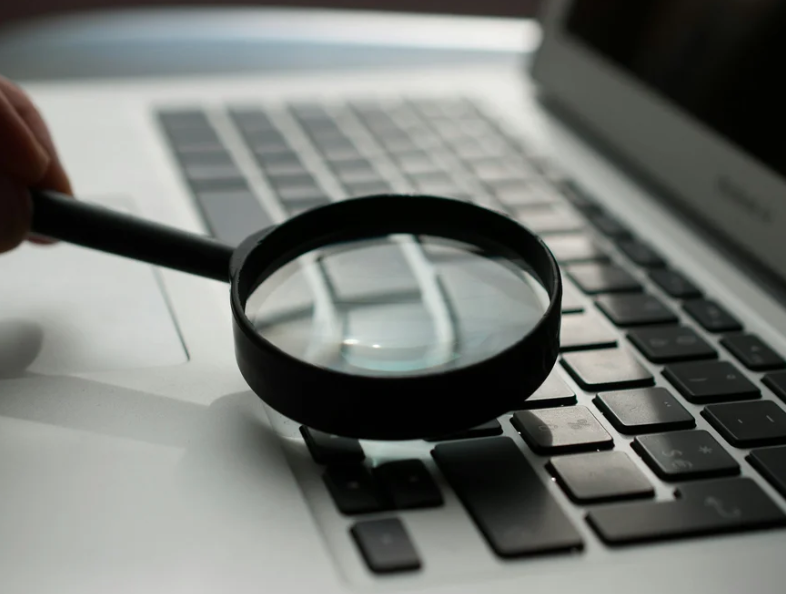IN THIS LESSON
Getting diagnosed with Celiac Disease is scary.
I was diagnosed at 4 years old- after years of being constantly lethargic, vomiting, and having a huge, almost pregnant-like toddler tummy that was pushing up on my diaphragm and causing labored breathing, I finally got the official test for Celiac Disease- an endoscopy, where I had to go under anesthesia considering my age and the severity of the surgery.
After you are diagnosed, it may seem like your life has been turned upside down. Although there is no “cure” and all you have to do is adhere to the strictly gluten-free diet, the anxiety and completely new landscape makes daily life 10x more difficult. Arguably, I was lucky that I was diagnosed at such a young age, since this means that I was able to switch my lifestyle completely, so that now, as a teenager, I am 100% used to the gluten-free life and the restrictions I have to be careful of daily. Some would say I’m a Celiac expert, since being diagnosed 14 years ago!
That being said, immediately after your (or your child’s) diagnosis, you will undoubtedly go on a wild goose chase for resources and advice, of which there is plenty! Luckily for you, a lot of those tools and insights are available in one central location on this website and my social media platforms.
After being diagnosed, my advice would be to take it one step at a time. Stick with what you know- most fresh produce, meats, cheeses, and all fruits and vegetables (except wheatgrass, of course) are gluten free- so until you are adjusted, default to those simple ingredients when cooking. Start doing your research- you’ll find that there are 2 main grains that will become central to your diet- rice and corn, and go to the grocery store to pick out some snacks, gluten free breads, and maybe some frozen meals until you’ve better adjusted. Luckily for you, over the years, gluten-free packaged snacks have become significantly more common, and you’ll learn to quickly identify that certified GF logo from the Celiac Disease Foundation. Follow some gluten-free content creators, download FindMeGF (for finding Celiac-safe restaurants), and the Fig app to scan labels and see if the ingredients in a packaged good are safe. Accept that this transition may be hard at times, but there are a slew of resources and a strong community available for you and your family.
And as always, feel free to join my email list or contact me directly (or via social media), if there’s anything specific questions I can answer or things I can guide you through. I, and the Celiac Disease community, are here for you!
